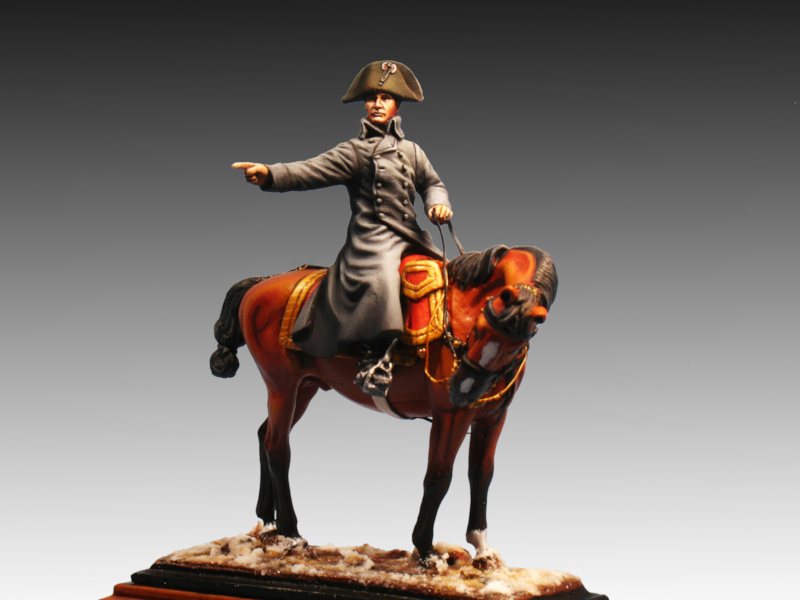Napoleon wanted to avoid a frontal combat because he was outnumbered: he had fewer men and guns than his enemies. For this reason, he began the battle with a brief assault and a mock retreat, which deliberately left his right flank weakened. Thus he incited the Russians and Austrians to attack him there. When these were displaced, Napoleon used troops that he had in reserve to advance towards the positions abandoned by the allies, surround and destroy the enemy center. He then he attacked the left flank. Only the allied right wing was saved, and it undertook a chaotic retreat.
The “Battle of the Three Emperors”, as it is also known, is considered one of Napoleon’s most important military victories and a demonstration of his tactical genius, as well as one of the most brilliant in the history of military strategy. Thanks to her, he managed to break the coalition that had been formed against him and open the door to almost a decade of French hegemony in Europe.
Austerlitz is, without a doubt, the zenith of Napoleon’s military mastery. Outnumbered, in just three months, from August 25, 1805, the day on which the first units of the “Grande Armée”, stationed in Boulogne, began to march towards the front, until December 4 of the same year, day in which the Austrian emperor, Franz I requests the armistice. Napoleon has occupied Vienna, destroyed practically the entire Austrian army, routed the Russian army heading towards Poland, and consolidated his total control in central and Western Europe.
Among the main consequences of the Battle of Austerlitz, we can list the following:
The end of the Third Coalition, which fell apart after Napoleon’s victory. The signing of the Treaty of Pressburg, on December 26, 1805, which established the end of hostilities between France and Austria, their departure from the Third Coalition, the loss of all their territories in Italy and the payment of compensation to the French.
The dissolution of the Holy Roman Empire, after the abdication of the Austrian Emperor Franz I to the imperial throne in 1806.
The Holy Roman Empire, which had existed since 962, was replaced by the Confederation of the Rhine, made up of 16 German states allied to Napoleon.
The occupation of the kingdom of Naples, in southern Italy, by French forces commanded by Marshal André Masséna. The Neapolitan king Ferdinand IV took refuge on the island of Sicily, which the French could not reach due to the prsence of British ships.
The consolidation of the Napoleonic Empire, which for the next 8 years would dominate the European continent.
The defeat of the Russian Empire, which despite having lost more than 10,000 men, continued the war against Napoleon.
The formation of the Fourth Coalition (1806) encouraged by Frederick William III, King of Prussia. The leaders of this German kingdom were alarmed by the French victories and wanted to put an end to the influence of the Napoleonic Empire in Central Europe. This coalition, also made up of Russia, Saxony, Sweden and Great Britain. In 1806, at her instigation and thanks to the abundant subsidies lavished by the London cabinet on the Prussian court, the latter joined the coalition fearing the emerging power of France after the Austrian defeat. Prussia and Russia mobilized for a new campaign, and the Prussian troops concentrated in Saxony.
Napoleon counterattacked, decisively defeating the Prussians at the Battle of Jena-Auerstädt in October 1806. Npoleon’s French forces then occupied Prussia, capturing Berlin on October 25, 1806.
The image of Napoleon shown in the figure is the one depicted in hundreds of engravings, paintings and images of the battle. It was already common to see him wearing the grey coat he had adopted two years earlier, as well as one of his customary tricorns. He rides a German saddle horse (of the several he rode into battle), a sixteen and a half hands high, bay cape horse. As was customary on campaign, he wears a simple general’s saddle. We can see the horse’s tail tied in a knot, very common in winter campaigns.








Reviews
There are no reviews yet.